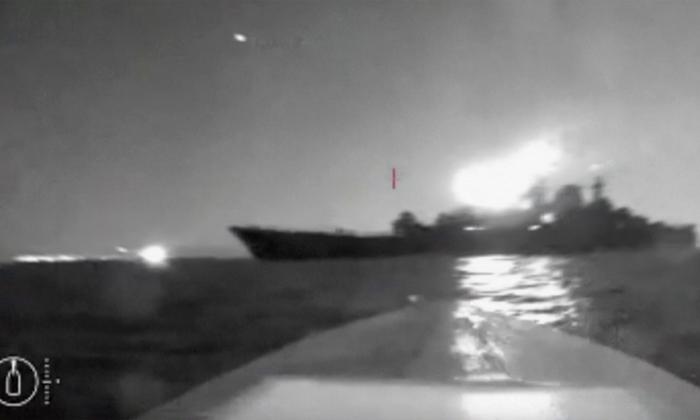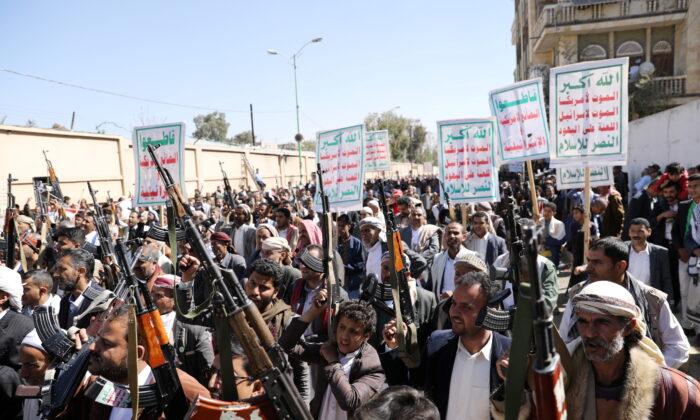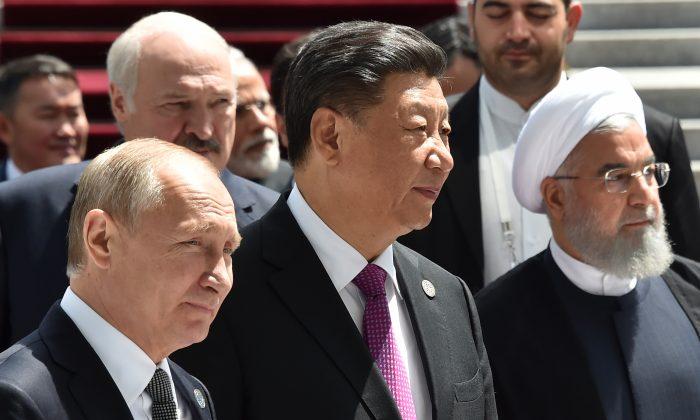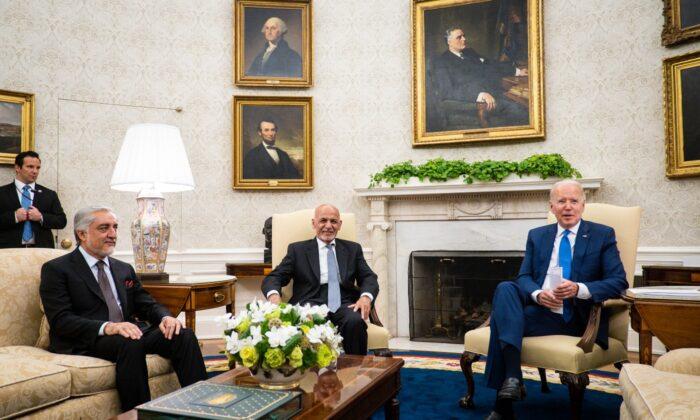August 2023. Eighteen months ago, Russia launched an all-out invasion of Ukraine. In six remarkable weeks (February–March), the Ukrainian people defeated Russia’s brazen and inept armored and special forces attack.
In a 21st-century diplomatic and military lens, the following is also remarkable: The Ukrainian people have treated Vladimir Putin’s nuclear war threats as the murderous bluffs of a grandiose thug.
Putin’s “I’ll use nukes” threats are intended to intimidate and cower courageous human beings he regarded as Slavic patsies who would quickly submit to Russian rule.
The threats have failed. Eastern Europe, central Europe and Western Europe haven’t quailed. In Nordic Europe, Finns and Swedes are joining NATO.
A flash-forward on this column series: Finland and Sweden know NATO’s Article 5 gives even Kremlin crazies nuclear-button pause.
Article 5 says, with diplomatic gauze and consultation etceteras, that if you attack a NATO country then you go to war with the rest of NATO. There are diplo fine points, but bad guys get the blunt message. France and Britain have nukes. Yes, Canada and Germany are slackers. But for Russia, war with NATO means a nightmare from Turkey to Finland plus the U.S. Navy sinking everything in sight.
According to Prussian strategic theorist Gen. Carl von Clausewitz, war is a clash of wills. Which is why the Ukrainian people deserve the credit for defeating Putin’s initial “special operation” and ignoring his nuke threats. The Ukrainian people, in an act of extraordinary will, ignored Vlad’s nuclear threats.
But ugly nitty gritty: Vlad has nukes and Ukraine doesn’t. Ukraine isn’t a NATO nation, so Vlad doesn’t confront Article 5.
That a Russian nuclear shadow haunts the Ukraine War is a bitter wrong attributable to Western liberal end-of-history triumphalism.
Post-Cold War, Ukraine possessed what was arguably the third-largest nuclear weapons stockpile on the planet.
But in 1994 nuclear well-intentioned, lead-by-example disarmament diplomacy intervened. The Clinton administration, Ukraine and Britain thought they had solved the problem of ex-Soviet nukes and Ukrainian territorial sovereignty when the Kremlin agreed to the Budapest Accord of 1994. Ukraine would give up its nukes and Russia would respect Ukraine’s borders, including the Crimean Peninsula.
Nuclear disarmament. Mutual security guarantees. Multi-lateral diplomacy. Economic development. Constructive cooperation. Among “soft power” advocates, especially that snarky lot that condemns “hard power” as a Neanderthal artifact, these phrases are a policy religion.
Ukraine has no nuclear weapons, and every day its civilian population is subjected to indiscriminate missile and rocket attacks. Will the snarky lot suffer consequences?
August 2023: Russia possesses the world’s largest stockpile of nuclear warheads. Some caveats. Based on post-Cold War analysis, much of it from Russian experts spilling the beans, Russian warheads are very likely crude and dirty. That means they may or may not work, and if they work, they may make a big hole, but the entire planet will suffer from its radioactive effects.
Some of the crude and dirty multi-megaton devices are powerful enough that a Russian nuke’s like horseshoes and grenades: Close enough works.
So why hasn’t Putin used his nukes?
Some ideas: Based on what we’ve seen (or not seen) of the Russian Air Force and Russian rocket and artillery direction systems in Ukraine, striking close and very accurate with a small “tactical nuke” (say less than 2 kilotons) may be quite difficult for the Kremlin.
One tactical nuclear weapon, even if detonated as a “clean” air burst over a Ukrainian target, would leave radioactive contamination in the strike zone. Perfect detonation is highly unlikely. Remember, Russian nukes are notoriously dirty. The Ukraine war has demonstrated Russian targeting systems are sub-mediocre. Fair bet: a Russian nuclear strike in Ukraine could potentially expose human beings in central Asia, eastern and central Europe, Turkey, and the Middle East to fallout.
If with a Russian Security Council veto, that’s a lot of votes in the U.N.
Some other targeting thoughts. A strike near Kiev would contaminate parts of Belarus. Given prevailing wind patterns, a strike anywhere in Ukraine could literally “blowback” radioactive contamination on Russia.







